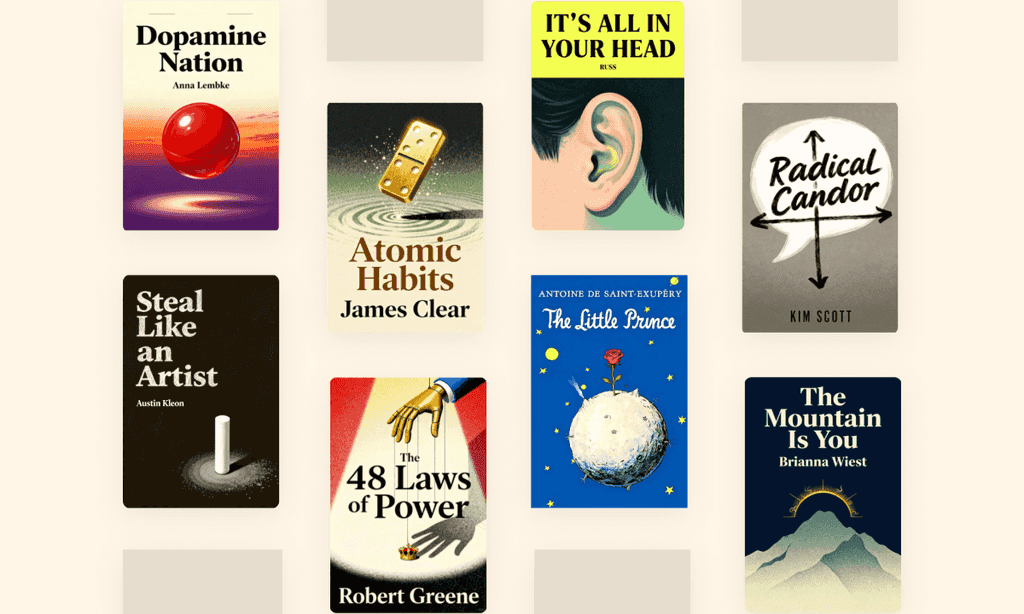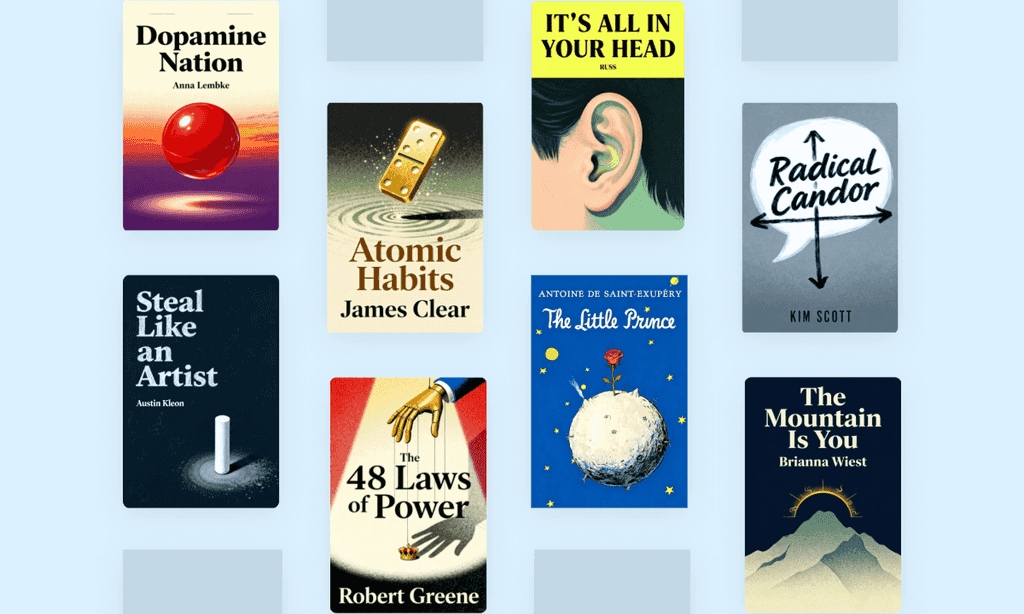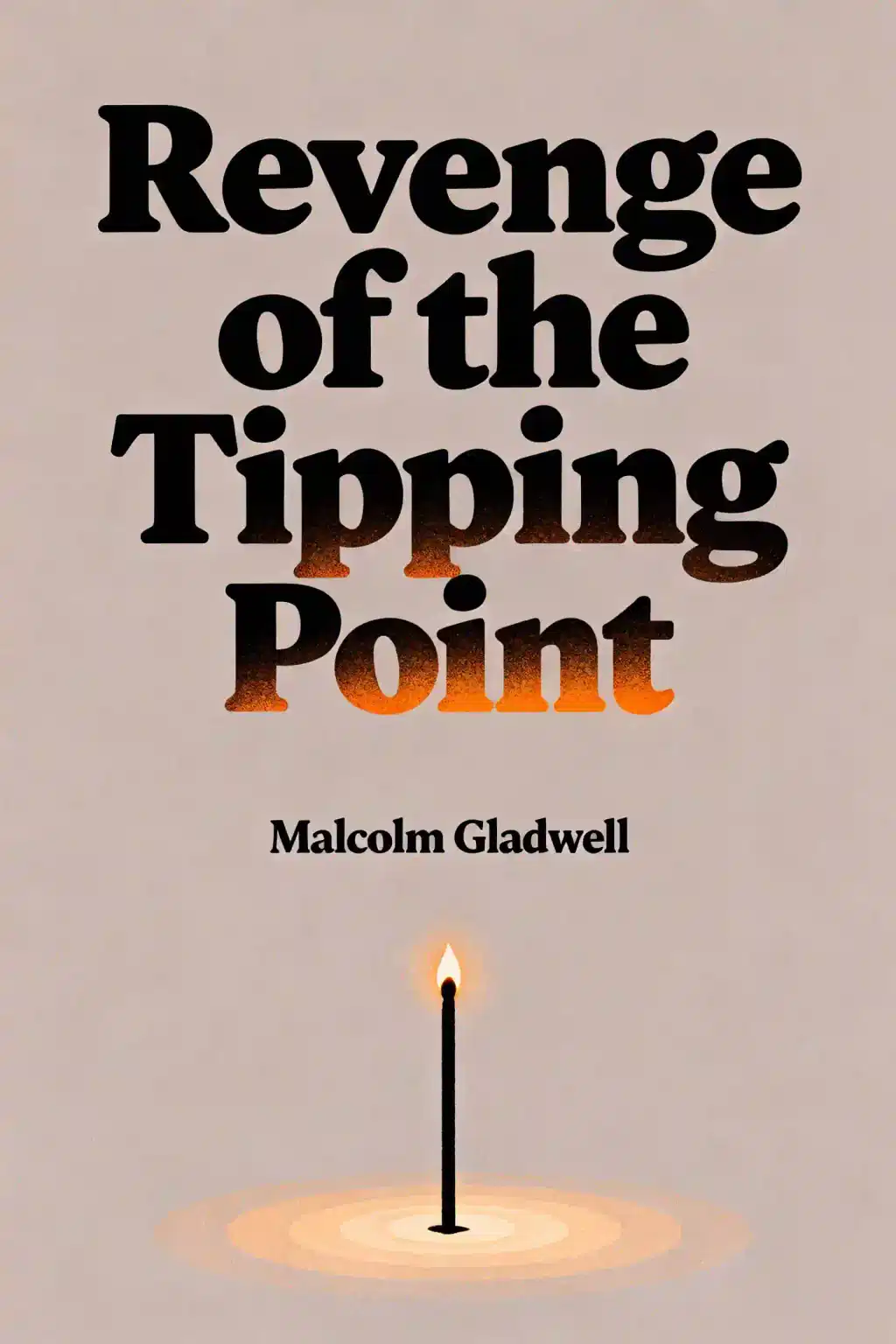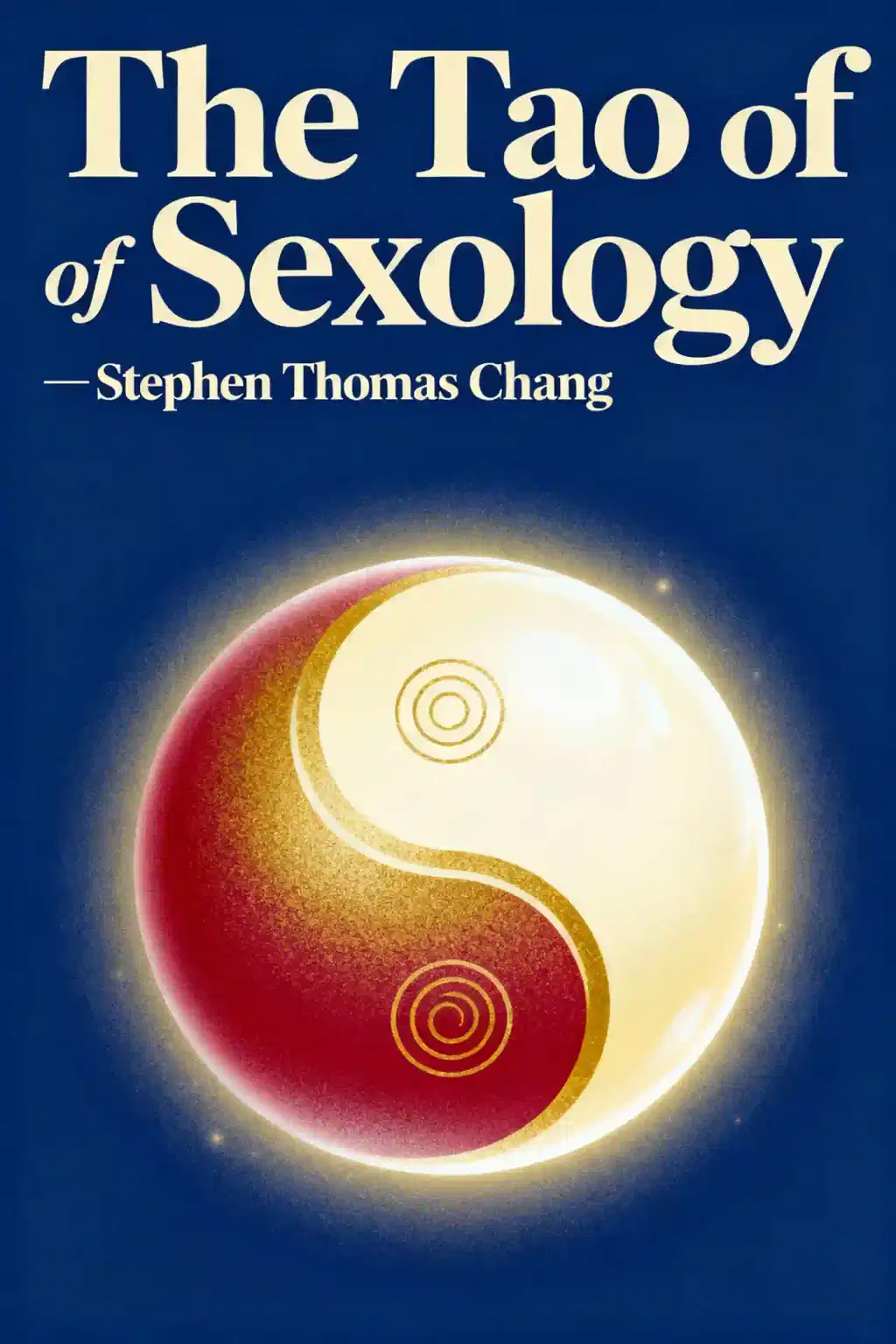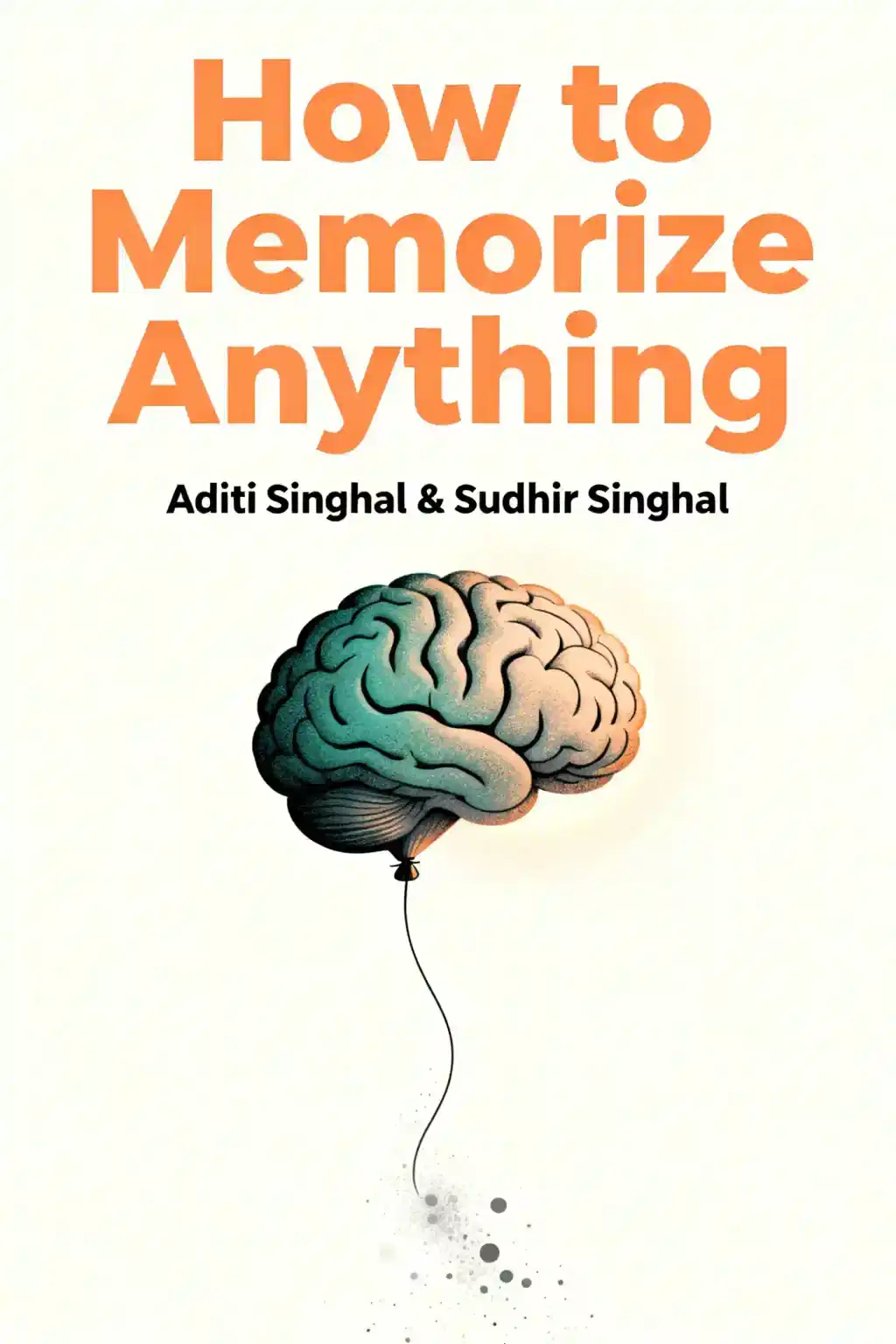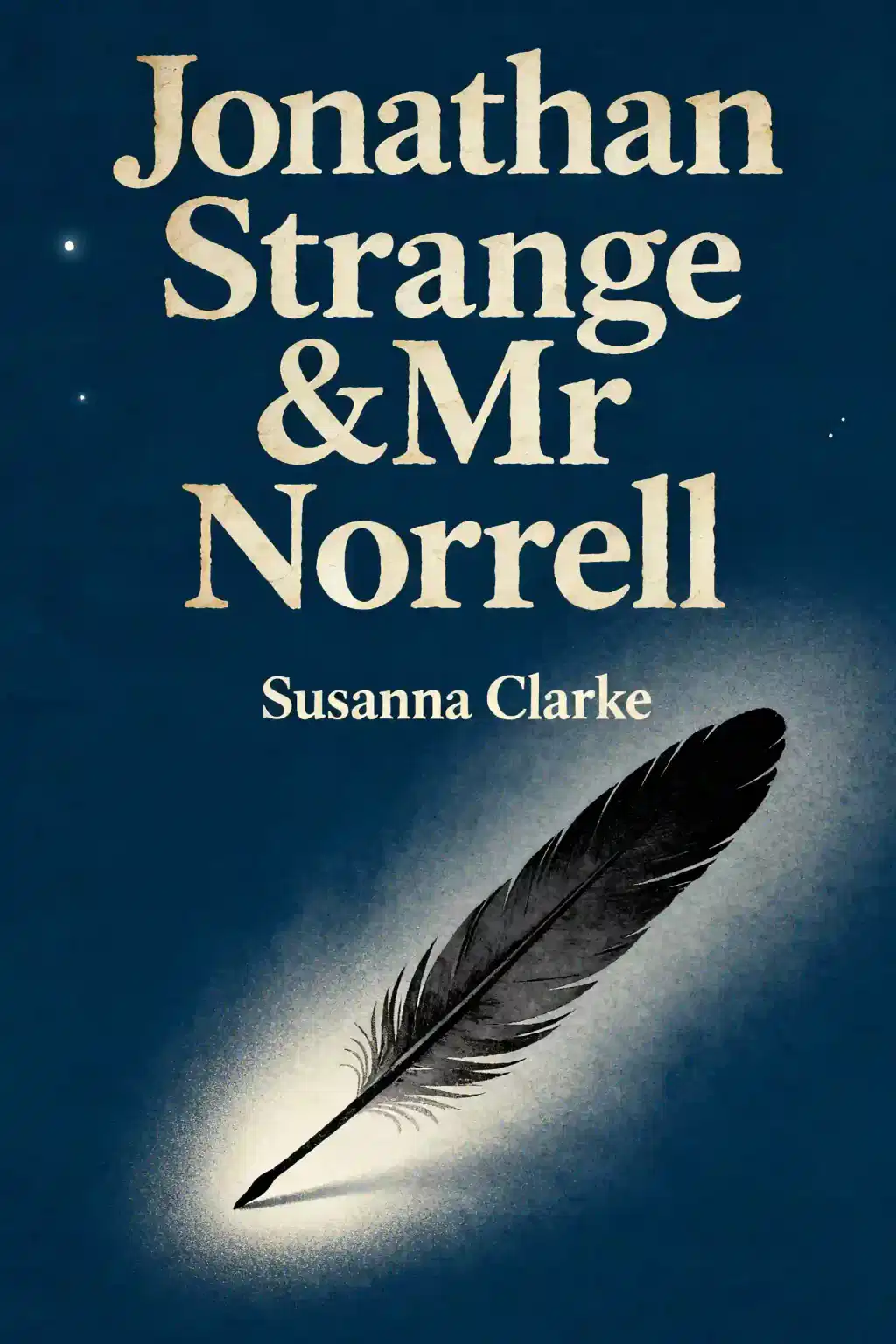
Jonathan Strange & Mr Norrell by Susanna Clarke Summary
In Clarke's 782-page fantasy masterpiece, two rival magicians restore England's forgotten enchantments. Selling 4 million copies worldwide, this Neil Gaiman-endorsed "finest English fantasy in seventy years" defied expectations with 250,000 first-print hardcovers - an unprecedented gamble that transformed into BBC's acclaimed seven-part series.
About the author
Susanna Mary Clarke is the bestselling author of Jonathan Strange & Mr Norrell and a celebrated British fantasy novelist known for meticulously crafted historical fantasy. Born in 1959 in Nottingham, Clarke studied philosophy, politics, and economics at Oxford before working in publishing. She spent over a decade writing her debut novel, set in an alternative 19th-century England where magic is real, written in a pastiche style reminiscent of Jane Austen and Charles Dickens.
The novel explores themes of power, rivalry, and the tension between scholarship and practice during the Napoleonic Wars.
Clarke followed with The Ladies of Grace Adieu and Other Stories (2006), focusing on female magic practitioners, and Piranesi (2020), which won the 2021 Women's Prize for Fiction.
Jonathan Strange & Mr Norrell became an international bestseller, won the Hugo Award for Best Novel, and was adapted into a major BBC television drama.
FAQs About This Book
Jonathan Strange & Mr Norrell is an alternative history novel set in 19th-century England during the Napoleonic Wars, where magic has returned after centuries of absence. The story centers on two magicians—the reclusive, pedantic Gilbert Norrell and the young, daring Jonathan Strange—who work together to bring magic back to England and aid the war effort, but eventually clash over their differing philosophies about magic. The novel also features a dark subplot involving a fairy who enchants Lady Pole and Stephen Black, forcing them to attend nightly balls in his kingdom.
Susanna Clarke is an English author born in Nottingham in 1959, best known for her debut novel Jonathan Strange & Mr Norrell, which won the 2005 Hugo Award for Best Novel. Clarke studied philosophy, politics, and economics at St Hilda's College, Oxford, and worked in publishing before spending a decade writing her debut novel. She later published the short story collection The Ladies of Grace Adieu and her second novel Piranesi, which won the 2021 Women's Prize for Fiction.
Jonathan Strange & Mr Norrell is ideal for readers who enjoy historical fantasy, alternative history, and literary fiction with intricate world-building. Fans of Jane Austen, Charles Dickens, and Gothic literature will appreciate Clarke's pastiche of 19th-century writing styles, complete with footnotes creating an entire fictional magical scholarship. The novel suits patient readers willing to invest in an 850-page slow-burn narrative that rewards persistence with creative storytelling and rich character development.
Jonathan Strange & Mr Norrell is worth reading for its ambitious scope, meticulous world-building, and masterful pastiche of 19th-century literary styles. The novel reached number three on the New York Times Best Seller list, was longlisted for the 2004 Man Booker Prize, and won the Hugo Award, demonstrating widespread critical acclaim. However, readers should be prepared for a slow start—the pacing picks up around 15% through—and the book's length and deliberate, period-appropriate style may not appeal to those seeking fast-paced action.
Jonathan Strange & Mr Norrell explores the nature of "Englishness" and the boundaries between reason and unreason, examining cultural differences between Northern and Southern England. The novel inverts traditional Industrial Revolution stereotypes by portraying the North as romantic and magical rather than rational and concrete. Clarke also investigates the tension between theoretical knowledge and practical application through the contrasting philosophies of Norrell, who wants to control and restrict magic, and Strange, who embraces wilder, more perilous forms of magical practice.
Jonathan Strange and Mr Norrell begin as teacher and pupil, with Norrell making Strange the only exception to his rule about being the sole practicing magician in England. They initially work together to aid England's war efforts against France, but grow apart as their differing views on magic become irreconcilable. Strange's experience on the front lines and his attraction to wild, dangerous magic conflicts with Norrell's pedantic, restrictive approach, ultimately leading to a battle over the proper use of magic.
The Gentleman with the Thistledown Hair is a fairy villain who makes a bargain with Mr Norrell to resurrect a politician's wife, Lady Pole, in exchange for half her life. Instead of taking her in her 40s as Norrell expected, the fairy enchants her to attend nightly balls in his Faerie kingdom of Lost-Hope, leaving her exhausted and unable to speak about her captivity. He also enchants Stephen Black, a Black butler whom he believes should be a king, thinking he's doing them favors while actually making them miserable.
Jonathan Strange & Mr Norrell is written in a detailed pastiche of 19th-century authors like Jane Austen and Charles Dickens, authentically capturing the language and pacing of that era. Clarke supplements the 850-page narrative with almost 200 footnotes that outline backstory and create an entire fictional corpus of magical scholarship, demonstrating extraordinary attention to detail. The novel draws on various Romantic literary traditions including the comedy of manners, Gothic tales, and the Byronic hero, while describing supernatural elements with careful precision.
Jonathan Strange & Mr Norrell starts slowly because Clarke deliberately emulates the pacing and style of 19th-century writers like Jane Austen, who are not known for action-packed narratives. The opening focuses heavily on setup, character establishment, and Mr Norrell alone—a character who isn't particularly pleasant without others to interact with. The novel includes "slice of life" elements typical of period fiction, such as detailed meal descriptions and social interactions, that don't immediately advance the plot but build atmosphere and authenticity.
Vinculus is a disreputable street-magician vagabond who encounters Mr Norrell in London and relates a prophecy about a "nameless slave" and two magicians in England. Norrell dismisses the prophecy and has Vinculus banished, but Vinculus later meets Jonathan Strange while traveling and recites the same prophecy. This prophetic encounter prompts Strange to pursue magic seriously, setting the central events of the novel in motion and suggesting a deeper magical destiny connecting the two magicians.
Susanna Clarke began writing Jonathan Strange & Mr Norrell in 1992 while living in County Durham, overlooking the North Sea. She worked on the manuscript for ten years during her spare time while employed as a cookery editor at Simon & Schuster, finally submitting it for publication in 2002. Bloomsbury accepted the manuscript and published it in September 2004 with illustrations by Portia Rosenberg, printing 250,000 hardcover copies in anticipation of its success.
Jonathan Strange & Mr Norrell won the 2005 Hugo Award for Best Novel, one of the most prestigious awards in science fiction and fantasy literature. The novel was longlisted for the 2004 Man Booker Prize, demonstrating its recognition in mainstream literary circles beyond genre fiction. It also achieved significant commercial success, reaching number three on the New York Times Best Seller list and receiving widespread critical acclaim upon publication.
Quick Summary Mode - Read or listen to Jonathan Strange & Mr Norrell Summary in 9 Minutes
Break down key ideas from Jonathan Strange & Mr Norrell into bite-sized takeaways to understand how innovative teams create, collaborate, and grow.
Flash Card Mode - Top 10 Insights from Jonathan Strange & Mr Norrell in a Nutshell
Distill Jonathan Strange & Mr Norrell into rapid-fire memory cues that highlight Pixar’s principles of candor, teamwork, and creative resilience.

Fun Mode - Jonathan Strange & Mr Norrell Lessons Told Through 22-Min Stories
Experience Jonathan Strange & Mr Norrell through vivid storytelling that turns Pixar’s innovation lessons into moments you’ll remember and apply.
Personalize Mode - Read or listen to Jonathan Strange & Mr Norrell Summary in 0 Minutes
Ask anything, pick the voice, and co-create insights that truly resonate with you.

From Columbia University alumni built in San Francisco
See More Stories?

Get the Jonathan Strange & Mr Norrell summary as a free PDF or EPUB. Print it or read offline anytime.






